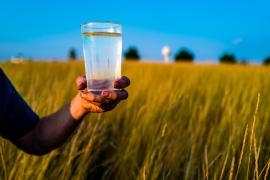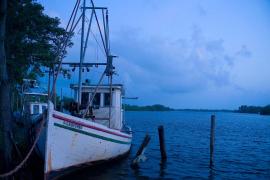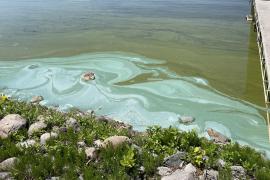Enjoy our 2023 annual report
Celebrate a full, impactful year by exploring our interactive digital report's stories, pictures and more





Dedicated volunteers have been monitoring stream health in the Rice Creek Watershed District since 2006. Their findings, presented to decision-makers each year, help determine the watershed's future and shape policy to protect streams. Find out more and consider joining us as we get ready for the 2022 season. >>
Read more
Celebrate a full, impactful year by exploring our interactive digital report's stories, pictures and more
Receive FMR's biweekly email newsletter, Mississippi Messages Sign up